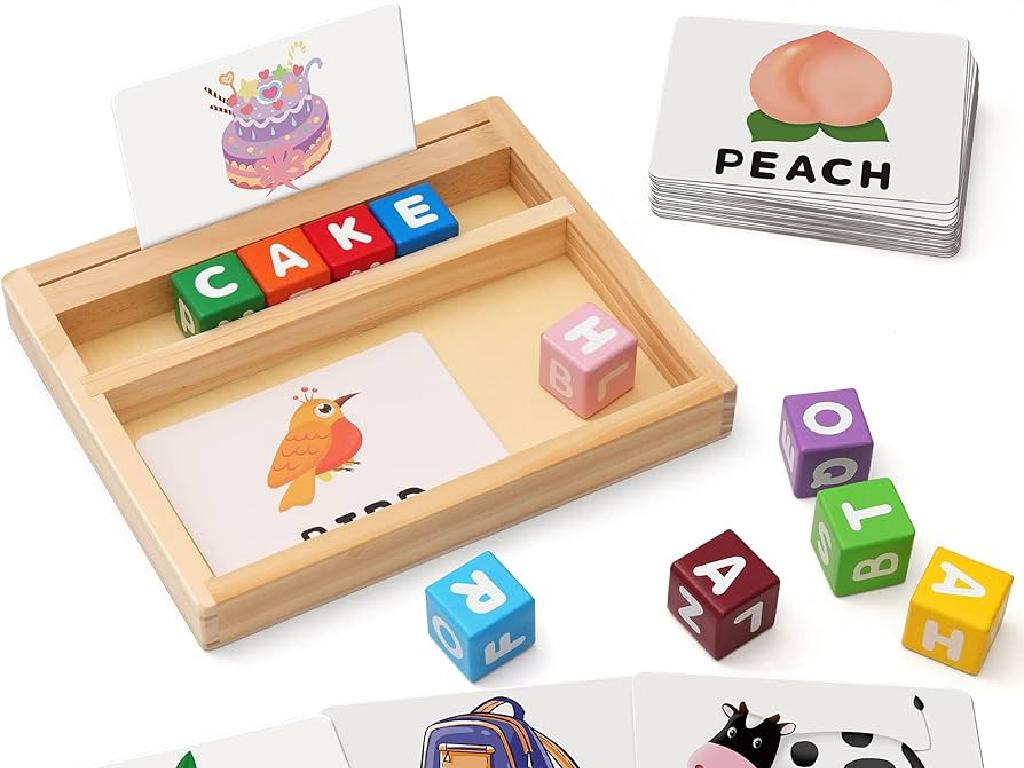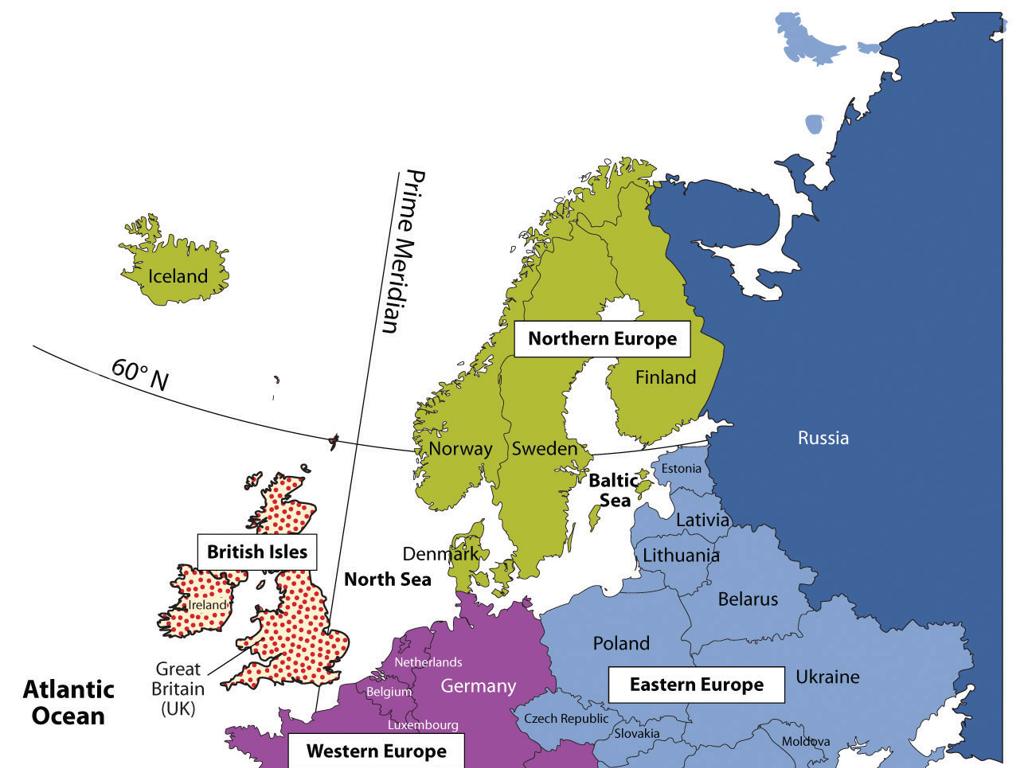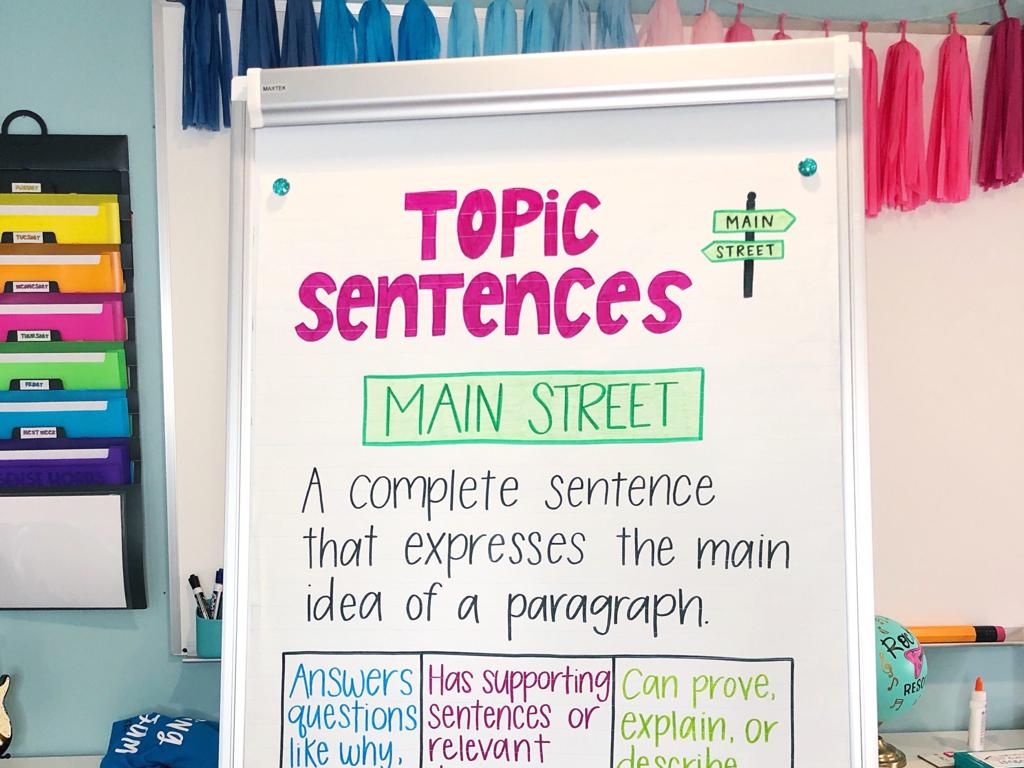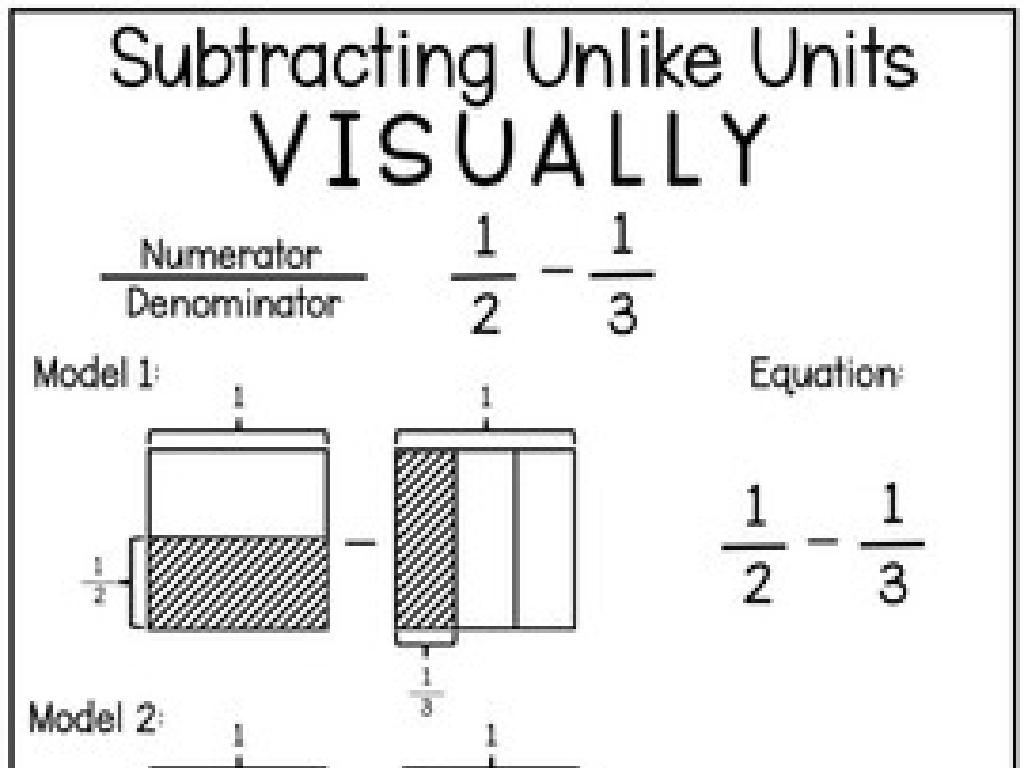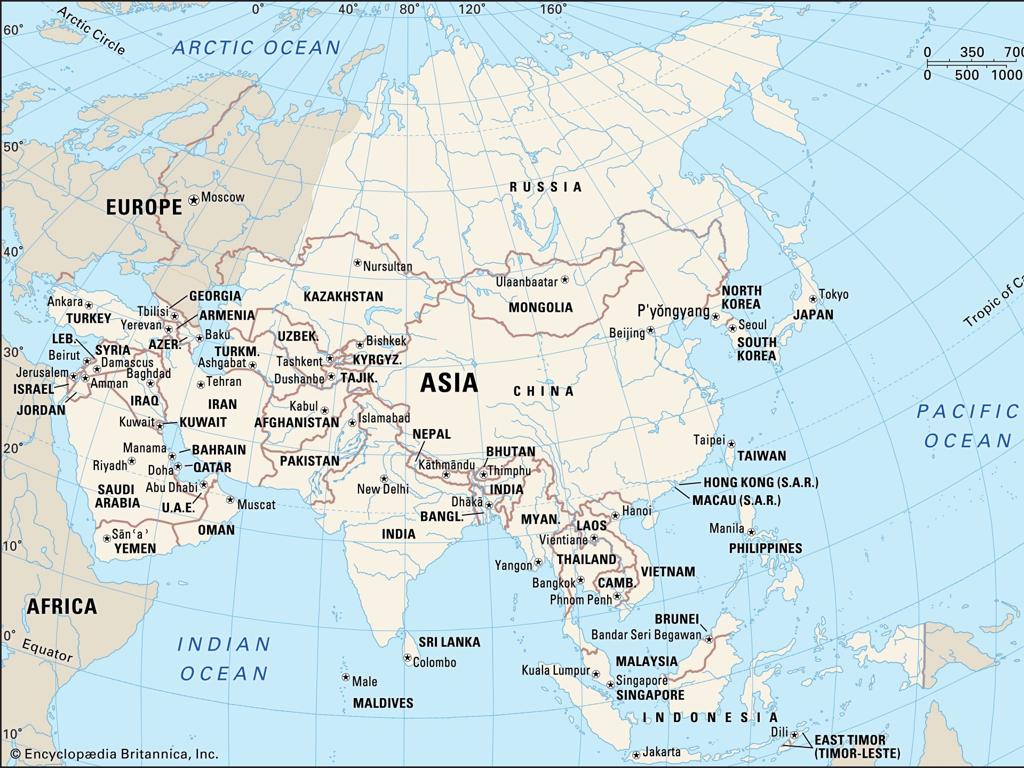Use Adjectives With More And Most
Subject: Language arts
Grade: Fifth grade
Topic: Adjectives And Adverbs
Please LOG IN to download the presentation. Access is available to registered users only.
View More Content
Exploring Adjectives: Use of ‘More’ and ‘Most’
– What are adjectives?
– Words that describe nouns, like ‘happy’ or ‘blue’
– Purpose of using adjectives
– They make sentences exciting by giving details
– Examples of simple adjectives
– ‘Fast’ describes speed, ‘red’ describes color
– ‘More’ and ‘Most’ with adjectives
– Use ‘more’ for comparison, ‘most’ for superlative
|
This slide introduces the concept of adjectives to the students, explaining their role in adding detail and specificity to nouns, making sentences more descriptive and interesting. Provide examples of simple adjectives and how they can change the meaning of a sentence. Then, explain the use of ‘more’ and ‘most’ to compare things. ‘More’ is used when comparing two things, while ‘most’ is used when comparing three or more things. For example, ‘She is more careful than her brother’ but ‘She is the most careful in her class.’ Encourage students to think of their own examples and understand when to use ‘more’ and ‘most’ with different adjectives.
Degrees of Comparison: Using ‘More’ and ‘Most’
– Understanding comparison degrees
– Positive vs. Comparative vs. Superlative
– Positive: happy, Comparative: happier, Superlative: happiest
– When to use ‘more’ and ‘most’
– Use ‘more’ for complex adjectives, e.g., ‘more beautiful’, ‘most’ for the extreme, e.g., ‘most beautiful’
– Practice with adjectives
– Find adjectives in a story and form their degrees
|
This slide introduces the concept of degrees of comparison in adjectives, which is a key component of grammar in the English language. Students will learn the difference between the positive degree (simple form of an adjective), comparative degree (comparing two things, often ending in ‘-er’ or using ‘more’), and superlative degree (comparing more than two things, often ending in ‘-est’ or using ‘most’). Emphasize the use of ‘more’ with adjectives that don’t take the ‘-er’ ending, typically those with two or more syllables, and ‘most’ with adjectives to express the highest degree. Provide examples and encourage students to practice by identifying adjectives in reading materials and writing sentences using the different degrees of comparison.
Using ‘More’ and ‘Most’ with Adjectives
– ‘More’ for comparing two items
– Use ‘more’ when you talk about 2 things
– Examples: ‘more fun’, ‘more colorful’
– ‘This game is more fun than the last one’, ‘Your drawing is more colorful than mine’
– Activity: Craft sentences with ‘more’
– Write two sentences using ‘more’ to compare
– Share your sentences in class
|
This slide introduces the use of ‘more’ with adjectives when comparing two things. Provide clear examples to illustrate how ‘more’ is used to show that one thing has a greater degree of a certain quality than another. For the activity, students should create their own sentences using ‘more’ to compare two things. This will help them understand the concept of comparison and how to use ‘more’ correctly. Encourage creativity and ensure they grasp that ‘more’ is used when directly comparing two distinct items. During the next class, students can share their sentences and discuss the comparisons they made.
Using ‘Most’ with Adjectives
– ‘Most’ for three or more comparisons
– Use ‘most’ when comparing more than two items or people.
– Examples: ‘most beautiful’, ‘most difficult’
– ‘She is the most talented in the class’, ‘This is the most interesting book I’ve read.’
– Activity: Craft sentences with ‘most’
– Write two original sentences using ‘most’ to describe something.
|
This slide introduces the use of the superlative form ‘most’ with adjectives when comparing three or more items, people, or situations. Provide clear examples to illustrate the concept, such as ‘most beautiful’ or ‘most difficult’. For the class activity, instruct students to think of things they can compare and write two sentences using ‘most’. Encourage creativity and ensure they understand that ‘most’ is used for comparisons within a group of three or more. As a teacher, prepare to offer guidance on sentence structure and provide feedback on their examples. This activity will help solidify their understanding of superlative adjectives and enhance their descriptive writing skills.
Irregular Adjectives: Special Comparisons
– Some adjectives are ‘irregular’
– They don’t follow the usual ‘more’ and ‘most’ pattern
– ‘Good’ changes to ‘better’ and ‘best’
– Instead of ‘more good’, we say ‘better’; instead of ‘most good’, ‘best’
– ‘More good’ or ‘most good’ are incorrect
– Irregular adjectives have unique forms
– Like ‘bad’ to ‘worse’ and ‘worst’, not ‘more bad’ or ‘most bad’
|
This slide introduces the concept of irregular adjectives, which do not conform to the typical ‘more’ and ‘most’ rules for forming comparatives and superlatives. Highlight the importance of memorizing these exceptions, as they are commonly used in everyday language. Provide examples and explain that while most adjectives add ‘more’ or ‘most’ to form their comparative and superlative degrees, irregular adjectives change form completely. Encourage students to think of other examples and discuss why these exceptions exist, possibly exploring the etymology of these words. This will help them understand that language can have special rules that need to be remembered.
Class Activity: Adjective Hunt
– Find objects to describe in class
– Write sentences using ‘more’
– Use ‘more’ for comparing two things
– Write sentences using ‘most’
– Use ‘most’ when comparing three or more
– Share your descriptive sentences
|
This activity is designed to help students understand and practice using comparative and superlative adjectives. Have the students look around the classroom and pick objects they can describe. Then, guide them to write sentences comparing two objects using ‘more’ to form comparative adjectives (e.g., ‘The blue book is more interesting than the red one.’) and sentences comparing three or more objects using ‘most’ for superlative adjectives (e.g., ‘The globe is the most colorful object in the room.’). After writing, students will share their sentences with the class, which will reinforce their understanding and provide speaking practice. Possible variations of the activity could include describing classmates, using pictures from books, or even comparing abstract ideas.
Conclusion: Mastering ‘More’ and ‘Most’
– Recap: Using ‘more’ and ‘most’
– ‘More’ for comparing two, ‘most’ for three or more
– Importance of correct comparison
– Using the right degree makes our descriptions accurate and clear
– Homework: Describe a favorite place
– Use ‘more’ and ‘most’ to tell us what makes that place special
– Share your work next class!
|
As we wrap up, let’s remember that ‘more’ is used when comparing two things, and ‘most’ is used for comparisons among three or more. It’s crucial for students to use the correct degree of comparison to make their communication clear and precise. For homework, students will write a paragraph about their favorite place, using ‘more’ and ‘most’ to enhance their descriptions. This will help them practice what they’ve learned. In the next class, students will have the opportunity to share their paragraphs, which will reinforce their understanding and allow for peer learning.

